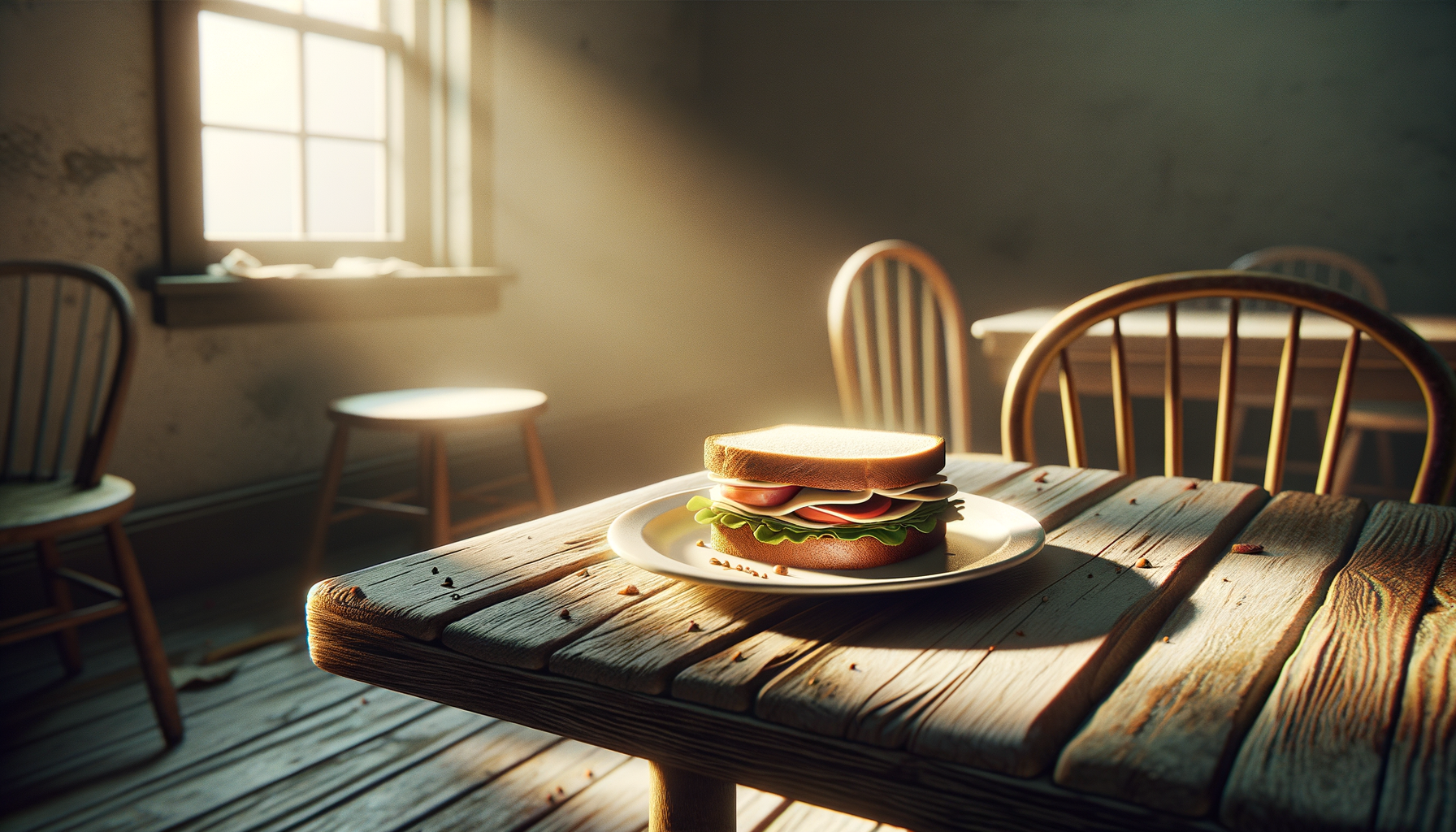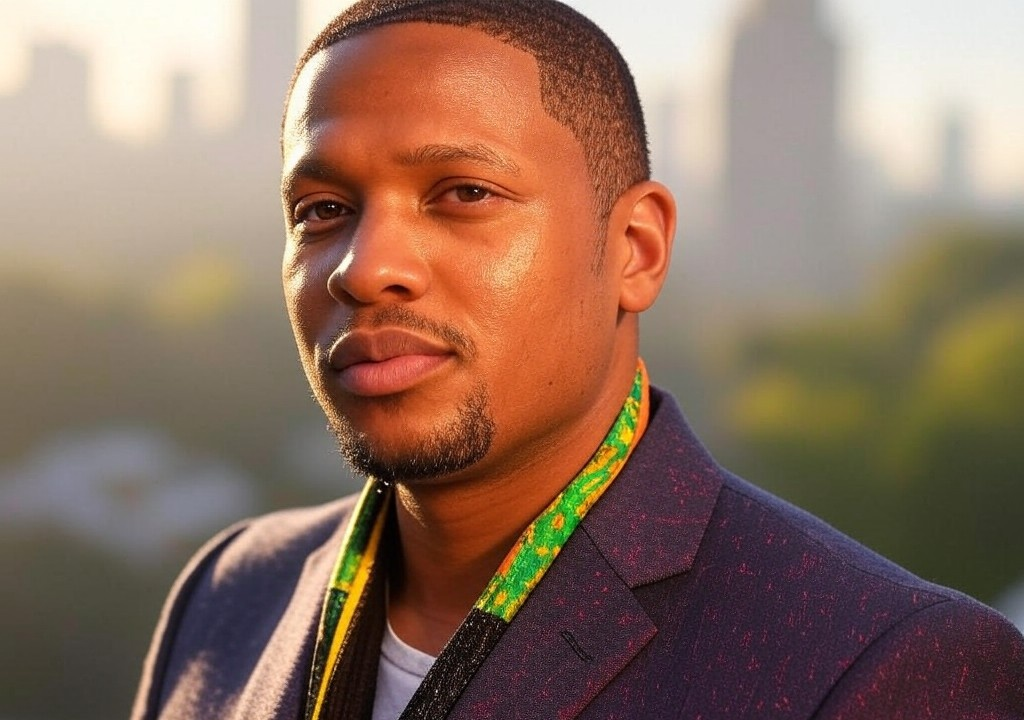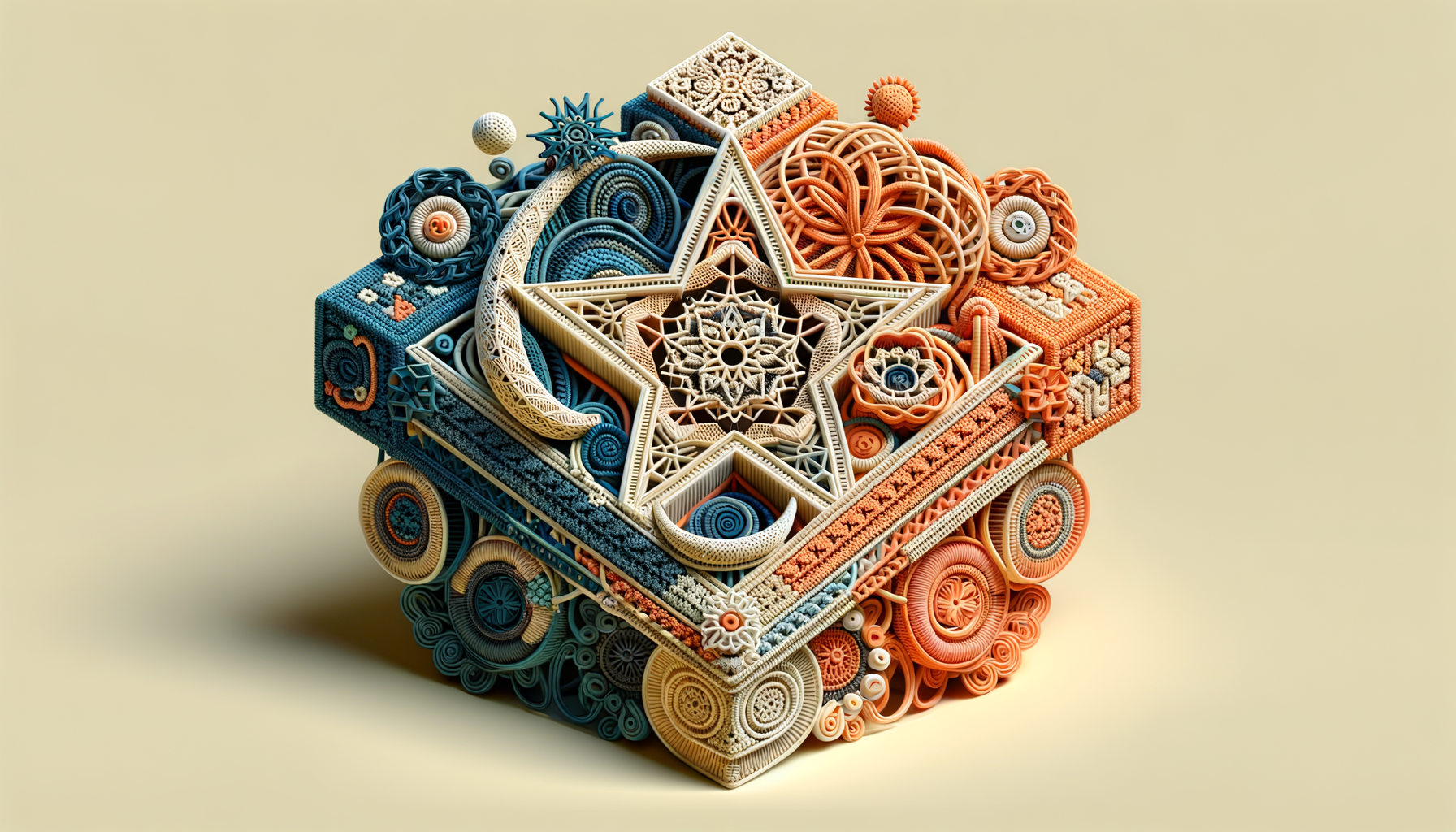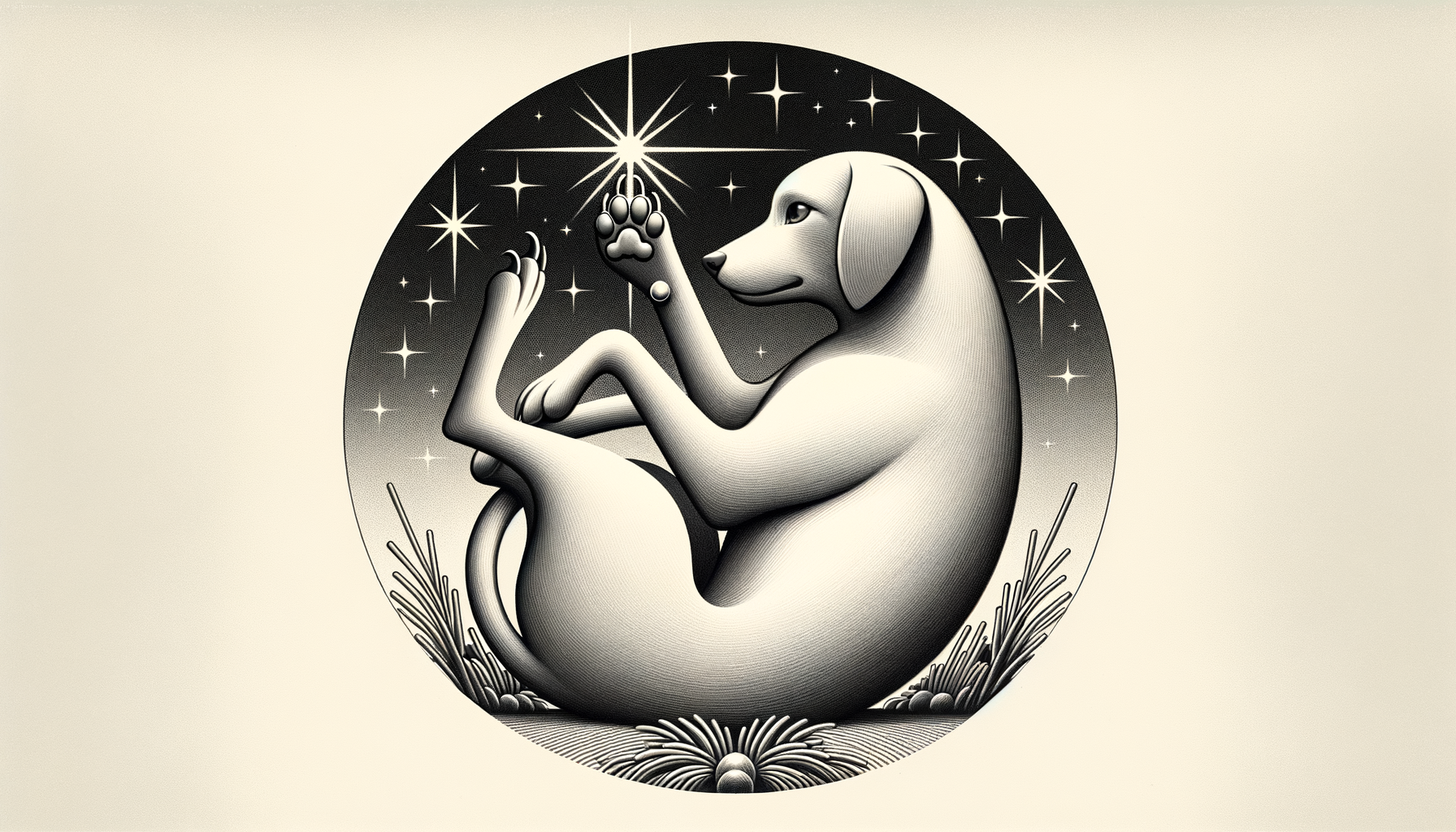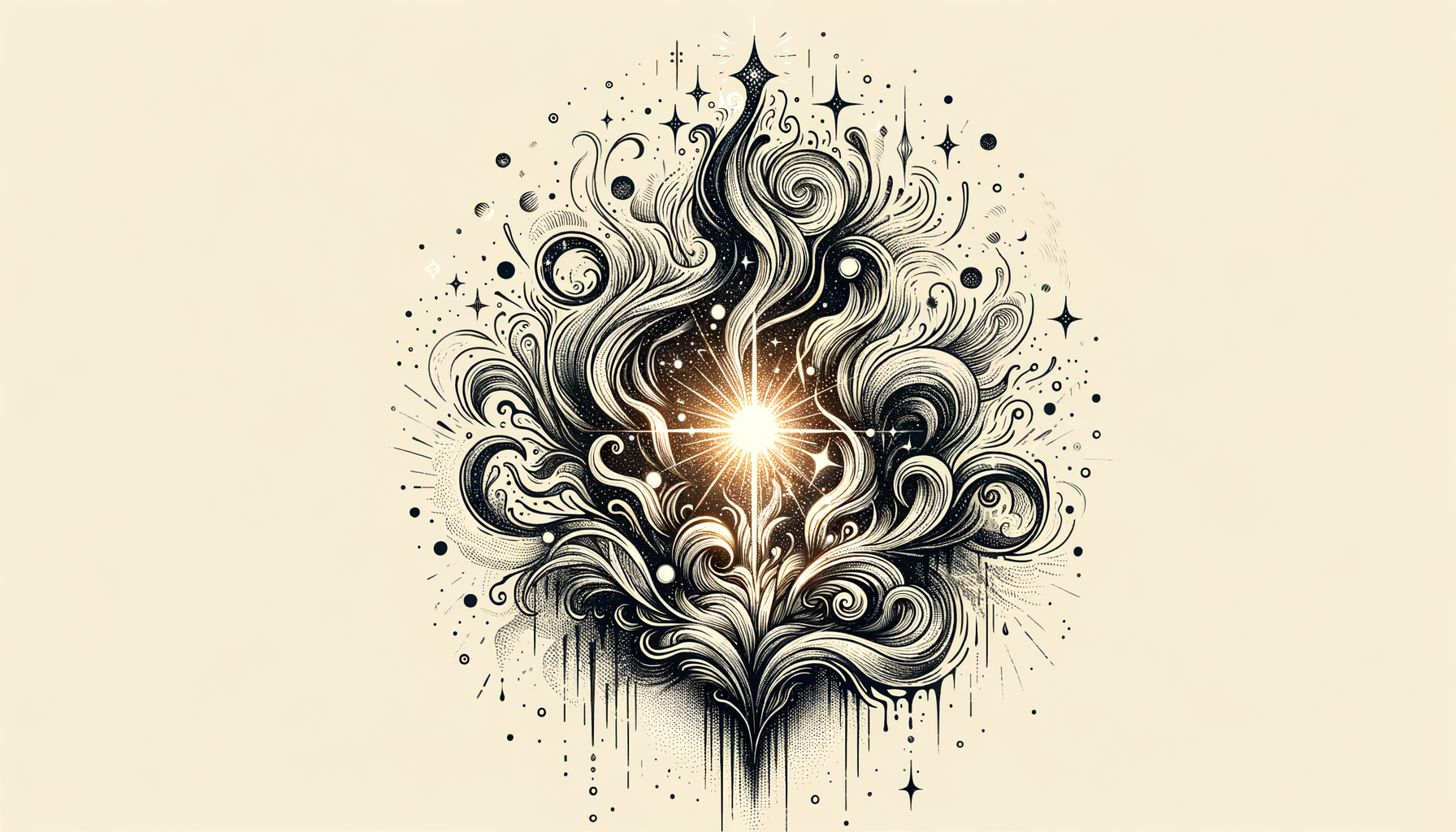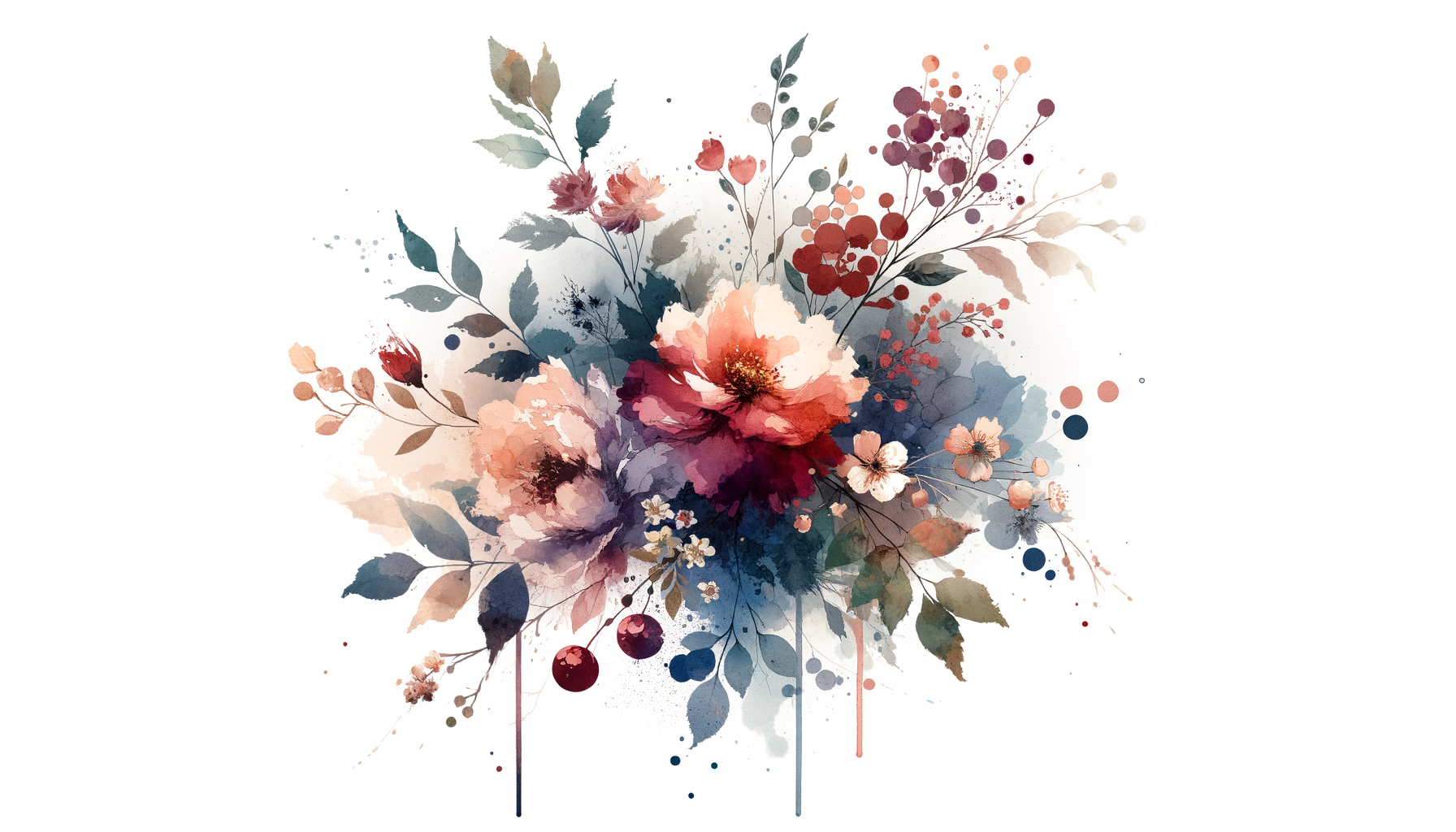“Why do we spend so much time trying to be someone we’re not?” That was the question echoing in my head one foggy July morning as I sat alone on a craggy cliff edge in Kennebunkport, enveloped by the kind of salty breeze that seems to carry secrets from the distant past. My coffee had already gone cold, my notebook was still blank, and somewhere deep inside me, a realization was brewing. I’d spent years polishing the façade of a lovable, picture-perfect Charlotte versus the real (read: messy, overthinking, slightly clumsy) me. And don’t get me wrong—I wasn’t doing it with malice. I genuinely thought if I could make the exterior shiny enough, the inside might eventually catch on. Turns out, it doesn’t work like that.
Self-love doesn't come in a prepackaged, Pinterest-perfect boat waiting to dock in your harbor. It’s more like an old, weather-beaten dinghy you stumble upon by accident while searching for something else entirely. My journey toward self-acceptance wasn’t linear, nor did it come with a treasure map. But every stormy sea has its lessons, and I’d like to think I’ve gathered quite the collection of seashells along the way. Here’s how I learned to love myself—and how, if you’re up for the ride, you can too.
When You’re the Only One Who Can Captain the Ship
The first turning point on my journey came in college. Picture this: Bowdoin College, freshman orientation. Everyone was busy crafting sparkling first impressions while I…accidentally spilled my lunch tray in front of the cutest boy in the room. I was mortified for weeks (ok, maybe years). At the time, I believed my failure to appear graceful meant I didn’t deserve to be noticed. Instead of laughing it off, like I should have, I spiraled. It wasn’t until later—midway through writing a paper on Jane Austen, of all things—that I realized something crucial: Lizzy Bennet didn’t love herself in spite of her flaws, but because of them.
That realization didn’t immediately fix years of self-doubt, but it planted a seed. Owning your quirks—whether it’s tripping over your Converse or laughing too loudly in silent libraries—helps you recognize that life doesn’t come with rigid roles to play. You’re the captain of your ship, and no one else can steer it quite like you.
The Comparison Trap Is Just That: A Trap
Here’s the thing about growing up in a picture-postcard New England town: EVERYTHING is Instagram-worthy, even before Instagram was a thing. There’s a sense of pressure to appear picture-perfect, especially when surrounded by glossy lives that seem plucked from a Nancy Meyers movie. There were times I convinced myself everyone else had it together—the relationship, the career, the windswept hair that somehow doesn’t even tangle. Meanwhile, I was working as a freelance writer, living off fish chowder leftovers, and repeatedly being told I “picked books like I was casting historical dramas.”
But when you constantly compare yourself to others, you're playing a rigged game. It wasn't until my year in England that I began to let go of the idea that my worth was tied to someone else's success. While wandering the British countryside one rainy afternoon (Pride and Prejudice cosplay, basically), I let myself embrace the muddy boots, foggy hillsides, and overall imperfection of it all. Life doesn’t tie itself up with a velvet bow, and neither should your sense of self.
Recognizing your own value means filtering out the noise. You’re not in competition with anyone else on this planet—you’ve got your own path, and trust me, it's perfect in its own sprawling, tide-changed way.
Learn the Art of Saying “No” (Even to Yourself)
Self-love is as much about boundaries as it is about bubble baths. For so long, I thought saying “no” was selfish. Party invites, extra work projects, emotionally exhausting relationships—you name it, and I said yes. Why? Because I thought being loved meant being agreeable, available, and accommodating at all times. Spoiler alert: that’s not how it works.
I once accepted a date invitation on the same night I’d promised to help my sister prep for her garden party. (His idea of small talk was quoting “Top Gun.” Hers was asking me whether hydrangeas worked better in clusters.) That evening ended in tears—mine, not his—because I’d stretched myself so thin that no one, myself included, had really won.
Learning to say “no” was a revolutionary act of self-respect for me. Sure, it’s uncomfortable at first, but when you stop squeezing yourself into spaces that don’t fit, what’s left is exactly what (and who) is right for you. My new mantra? I’m not for everyone, and I don’t owe everyone me.
Get Comfortable with the “Impermanent You”
There’s a mantra in Maine that says, “If you don’t like the weather, just wait five minutes.” I’ve come to believe the same applies to identity. For years, I held onto this fear that if I didn’t cement who I was NOW, I’d look back on life and see only a scattered, incomplete puzzle. But the truth is, we’re not meant to be finished. Growth is messy—more like the tangled nets of a lobster haul, less like the neat, symmetrical sails of a schooner.
Case in point: I used to close every article I wrote with “live life as though it’s an oil painting,” as if permanence were the ultimate goal. Now? I’ve swapped that notion for watercolor—fluid, ever-changing, and delightfully unpredictable. Self-love comes when you grant yourself the freedom to evolve. Whether you wake up tomorrow wanting purple highlights or feeling an urge to move to Nova Scotia to become a lighthouse keeper (true story—not mine, though), it’s all part of your growth and your glory.
Be Your Own Wingwoman
A few years ago, after the kind of breakup that deserves a Taylor Swift album, I took some time to reflect. My sister suggested I write myself the love letter I’d always wanted to receive. It sounded corny, but I gave it a go. What began as a reluctant exercise turned into something transformative.
That letter reminded me that I like myself. I like the way I make people laugh with nonsensical maritime metaphors. I like that my favorite part of any meal is when everyone debates dessert choices. And I even like that I fall into doom spirals about mismatched wood finishes in antique stores. Accepting myself as I am—the goofy, curious, slightly obsessive soul that I am—was the key to setting my emotional anchor.
Final Thoughts: Drop Anchor, Not Expectations
Loving yourself isn’t about meeting today’s buzzwords for “empowered” or “authentic.” It’s about small, deliberate acts of kindness to yourself every day: pausing to sip tea on the porch; buying that ridiculous seashell-patterned sweater because it makes you smile; forgiving yourself when you’ve fallen short instead of adding to a mental “reasons I’m behind” list.
None of us are perfect sailors in this wild game of navigation. Some of us capsize; some of us lose the map entirely. But when you find yourself afloat again, even with just a scrap of sail, self-acceptance becomes easier. And if a Mainer like me—chronically obsessed with control and worried whether my hair resembles a windswept thistle—can learn to love her imperfect self, there’s hope for anyone.
So the next time you’re looking at yourself sideways in an unforgiving mirror or scrolling past someone’s life highlight reel, remember: you’re writing your story in your way. And that’s every bit as breathtaking as the view from any rocky coastline.




